How to Cook Winter Squash 7 Ways (Tips and Recipes)
- November 29, 2020
- Last Updated: October 7, 2023
- 1 Comment
- Recipe Roundup
We all have different thoughts about squash. In the fall, it’s a staple for many.
However, the question of How to cook winter squash does not have an easy answer because there are so many ways!
As an Amazon Associate, I may earn from qualifying purchases. You can read more here on our Disclaimer and Privacy Page.
Not only is winter squash beautiful, but it’s highly nutritious.
These easy winter squash recipes may convince you to include this starchy vegetable more often!
Or if you’re like me, you enjoy squash, but you don’t cook it as much as you’d like to because you don’t really know how to cook winter squash.
Well, rest assured, there are several ways to cook winter squash, depending on your taste buds, time allotted, flavor preferences, equipment available and more.

For example, should you roast it with salt and pepper, or should you make it into a soup? If you choose the soup, how should you flavor it?
Keep scrolling for five different ways to prepare your squash this winter, plus recipes under each category.
What Are Winter Squash?
Depending on the kind of winter squash you choose, it can take on a variety of flavors.
Here is a short list of winter squash (common ones you may see), but know that there are several types of winter squash available.
- Acorn Squash – Acorn squash is commonly green on the outside with a single splotch of orange on the side or top. It is shaped like an acorn. Of all the winter squash, acorn squash is typically the most perishable so try to use it within a few weeks of buying! It has a neutral, but mild nutty flavor that caramelizes when baking. It is great roasted, steamed, and even air fried!
- Butternut Squash – Butternut squash boasts a sweet, nutty taste similar to that of a pumpkin. The butternut refers to a golden tan yellow skin and orange fleshy pulp. It becomes sweeter when it’s ripe and boasts an array of nutrients, like Vitamin A, Vitamin C, manganese, magnesium, potassium and fiber. It’s great roasted and in soups and casseroles!
- Delicata Squash – Delicata squash are cream colored with green stripes, often long and oval shaped. They are usually baked, but can also be microwaved, sauteed or steamed. They have been said to taste like sweetpotatoes, so enjoy them with what you would eat with sweetpotatoes.
- Kabocha Squash – Kabocha Squash is also known as the Japanese pumpkin and is perfect for roasting, pureeing and stuffing. It is known to resemble sweet potatoes in flavor.
- Spaghetti Squash – Spaghetti squash is another favorite, great for substituting or resembling pasta and spaghetti! Interestingly enough, the orange varieties have higher contents of carotene (antioxidants). When cooked, the internal flesh softens and can be pulled out, resembling spaghetti, so can be a lower-carb option, or even a way to increase veggies when eating pasta.
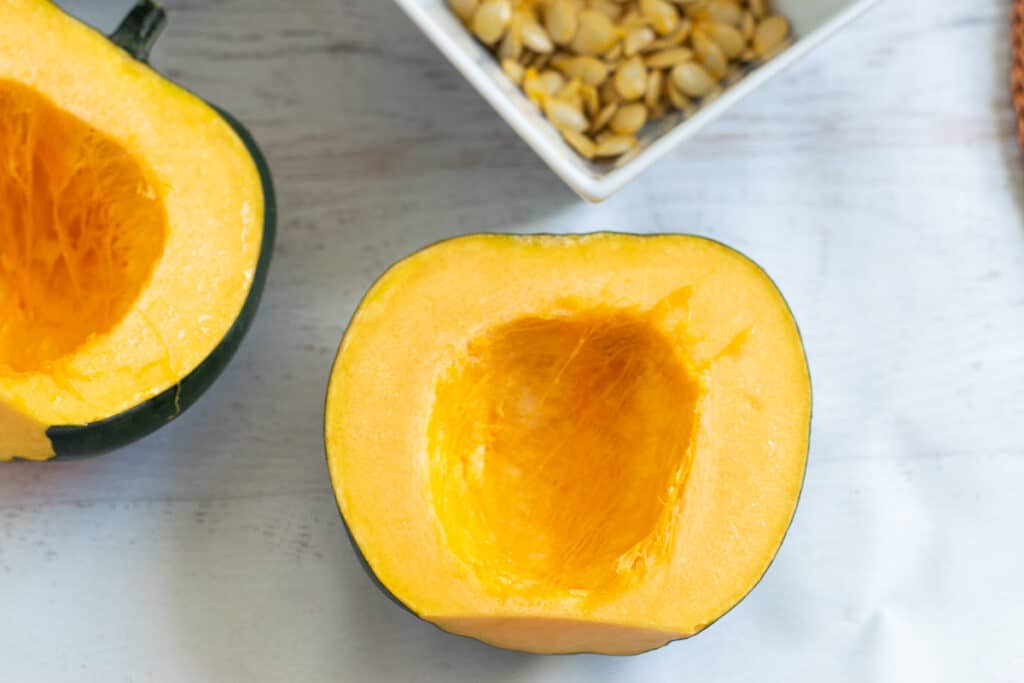
Squash Nutrition Facts
Winter squash are full of antioxidants, like alpha-carotene and beta-carotene, that benefit all of us.
Squash is full of several vitamins and minerals, such as Vitamin A, Vitamin C, Vitamin B6, manganese, fiber, potassium and much more.
These nutrients are important for babies, kids and adults, alike. I love serving acorn squash for baby led weaning to introduce them to this awesome vegetable.
And best of all, like pumpkin seeds, you can roast squash seeds, which makes for a fun, healthy thanksgiving snack for kids or healthy homemade snacks for toddlers.
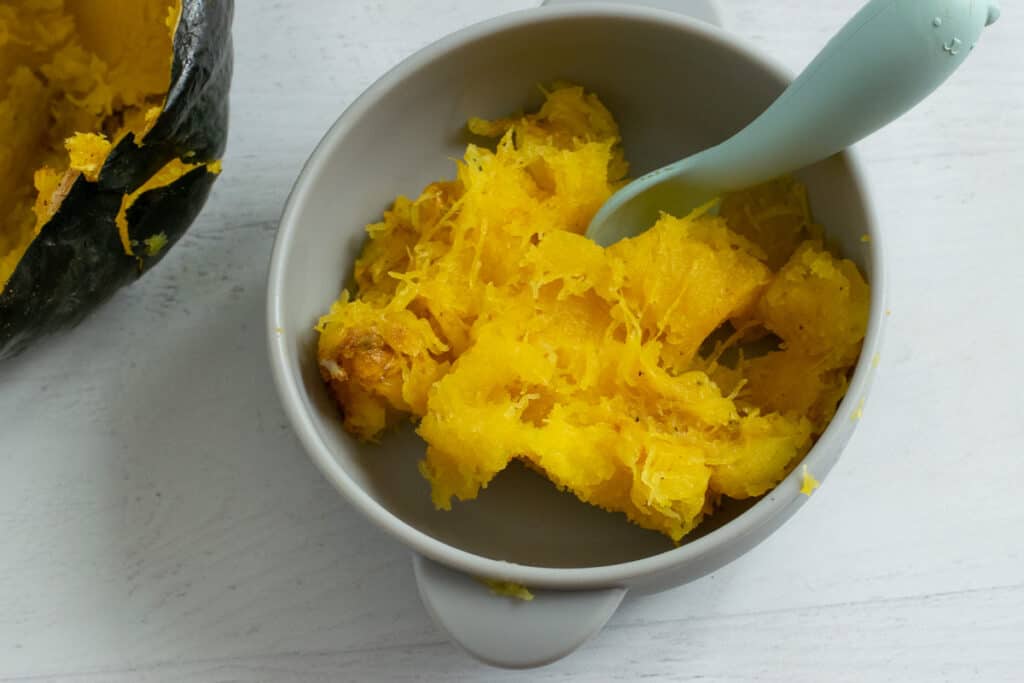
How to Cook Winter Squash
There are so many ways to cook winter squash, which really is a cold-weather staple in our kitchen.
Its vibrant color, nutrient profile and flavor gives so many dishes a boost in all of the right directions.
1. Roasting Winter Squash in the Oven
Roasting winter squash is a classic move, but that doesn’t make it any less delicious.
In my opinion, roasting is the best way to cook butternut or acorn squash – so tender, sweet and caramelized.
Whether you’re roasting squash for a soup or roasting seeds, it makes your kitchen smell lovely.
How to cook winter squash in the oven?
Simply cut the squash into cubes (or if you’re using acorn/delicata squash, cut into crescent shapes), and season with oil and your desired spices.
Then, bake at 400 degrees for about 30 minutes.
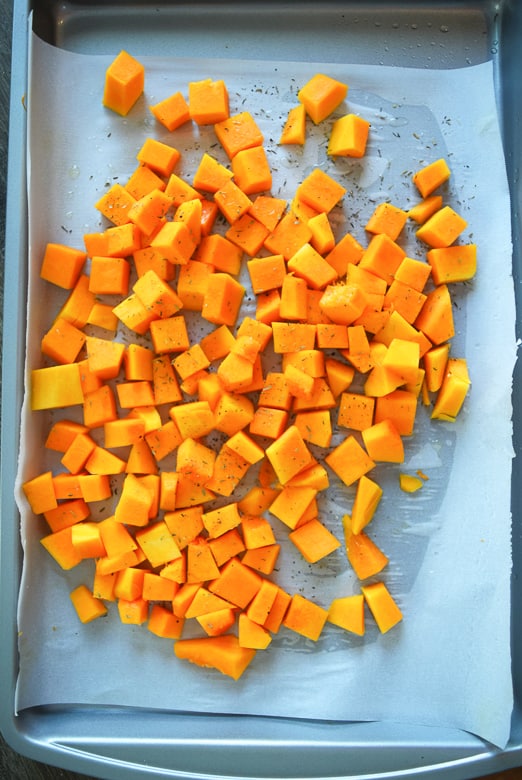
If you don’t want to cube your squash, you can also cut it in half, and roast with both halves facing down.
While the flavor is pristine, roasting isn’t the quickest way, so do this when you have enough time to plan ahead.
Roasting squash can take 30-60 minutes, depending on the size of the squash.
Oftentimes, people forget about roasting squash because it’s almost too simple, but I’m here to remind you that you should think twice before glossing over this option.
The best thing about roasting squash is that you can flavor it however you wish.
Because of squash’s earthy sweetness, it picks up pretty much any spices or sauces you throw on it.
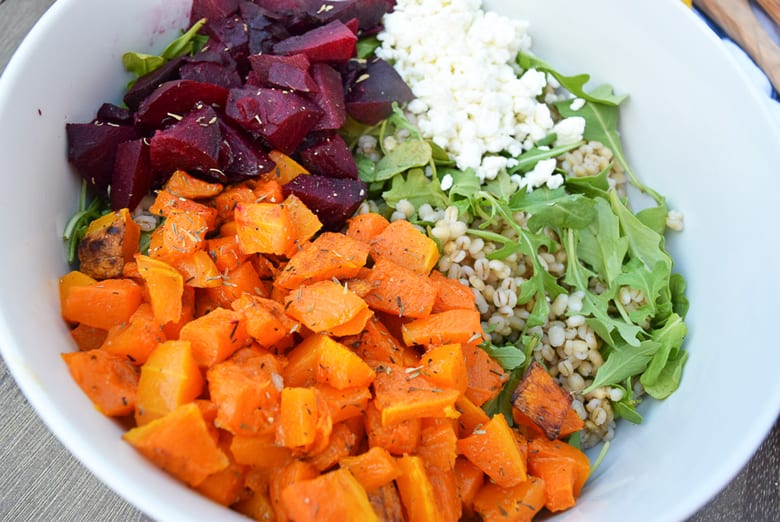
Butternut squash also makes a great substitution for sweetpotatoes in a recipe, like in sheet pan pork chops with sweet potatoes.
For some ideas for roasting butternut squash or any squash, check out the links below.
From spicy to cheesy to ethnic flavorings, the possibilities are endless.
- Spice Roasted Butternut Squash via The Delicious Crescent
- Maple Roasted Butternut Squash, Brussels, and Cranberries via Kelly Jones Nutrition
- Roasted Butternut Squash via Hungry Hobby
- Rosemary Roasted Delicata Squash via Garnish with Lemon
- Kabocha Squash with Garlic Yogurt Squash via Chelsea’s Healthy Kitchen
- Cinnamon Roasted Butternut Squash Zig Zags via Hungry Hobby

2. Stuff It
Stuffed squash elevates roasted squash to the next level.
I mean, you’re starting with a delicious base—squash—and adding various tastes and textures to enhance the flavor even further. What could be better?
Beyond that, stuffing squash takes roasted squash and makes it into a meal.
By adding meat or legumes, cheese, and vegetables, you now have a plate with sufficient energy and a variety of macronutrients to fuel your body’s activities.
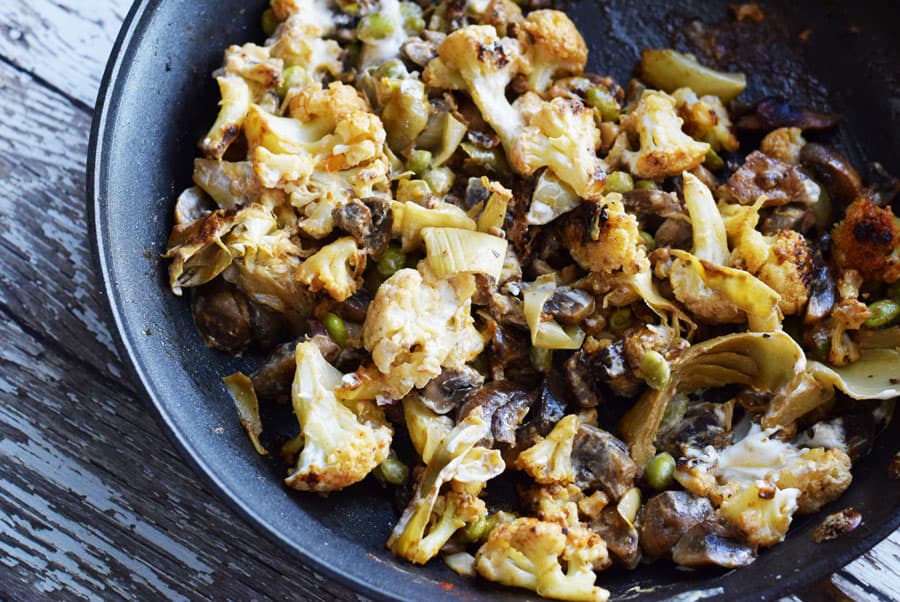
Like roasted squash, stuffed squash has the potential to please anyone’s taste buds.
You can choose a protein, vegetables, and grains that you enjoy, then stuff your squash with that.
If you need some ideas to get started, check out the recipes below.
- Cheesy Spaghetti Squash Casserole Boats
- Stuffed Acorn Squash via Abbey’s Kitchen, Inc.
- Fall Harvest Snack Board via Fork in the Road
- Smoky Tempeh Stuffed Acorn Squash via Sinful Nutrition
- Super Simple Stuffed Delicata Squash via Kim’s Cravings

3. Substitute It for Noodles
While spaghetti squash may have a similar appeal of pasta, it’s a great addition to pasta, I like to say.
Of course, if you’re craving pasta, have pasta!
If you’re craving squash, have squash. Or, I like to mix them both together!
Spaghetti squash is the most popular option when substituting squash for noodles. It’s gluten-free, easy to make, and adaptable to different dishes.
If you’re feeling crazy, you can stuff spaghetti squash and eat your “noodles” out of the shell.

There’s nothing wrong with cooking all of the ingredients separately or making a casserole, either.
Just follow your taste buds!
- Spicy Spaghetti Squash with Chicken via The Delicious Crescent
- Spaghetti Squash with Plum Tomato and Lentil Bolognese via Kelly Jones Nutrition
- Spaghetti Squash Pad Thai (Vegan) via A Whisk and Two Wands
4. Microwave it
How to microwave winter squash will vary depending on which type of squash you choose.
However, this method is one of the fastest, while still preserving flavor and nutrients.
- To microwave spaghetti squash, cut in half and place face side down on a microwave-safe dish. Microwave for 10-12 minutes.
- To microwave acorn squash, cut it in half and place the sides down in a microwave-safe dish with water on the bottom. Pierce skin with a fork to help heat escape. Microwave for 5-10 minutes, and then check before adding more time.
- To microwave butternut squash, poke holes in the skin with a sharp knife, and microwave for 12-18 minutes, depending on size. After the 12 minute mark, check for completion every few minutes. You can also remove the seeds first, by cutting your butternut squash in half, removing the seeds, and microwaving the halves face down. Cooking is complete when you can pierce the skin easily.
5. Blend Squash Into a Soup
Soups are a common way to cook winter squash.
Soups are warming, nutritious, filling, and comforting, and there’s a soup for just about everybody on the planet.
The great thing about adding squash to soup is that you can leave it cubed or blended, depending on the consistency you’re going for.
If you want a chunkier chili, adding cooked cubed butternut squash would be delightful.
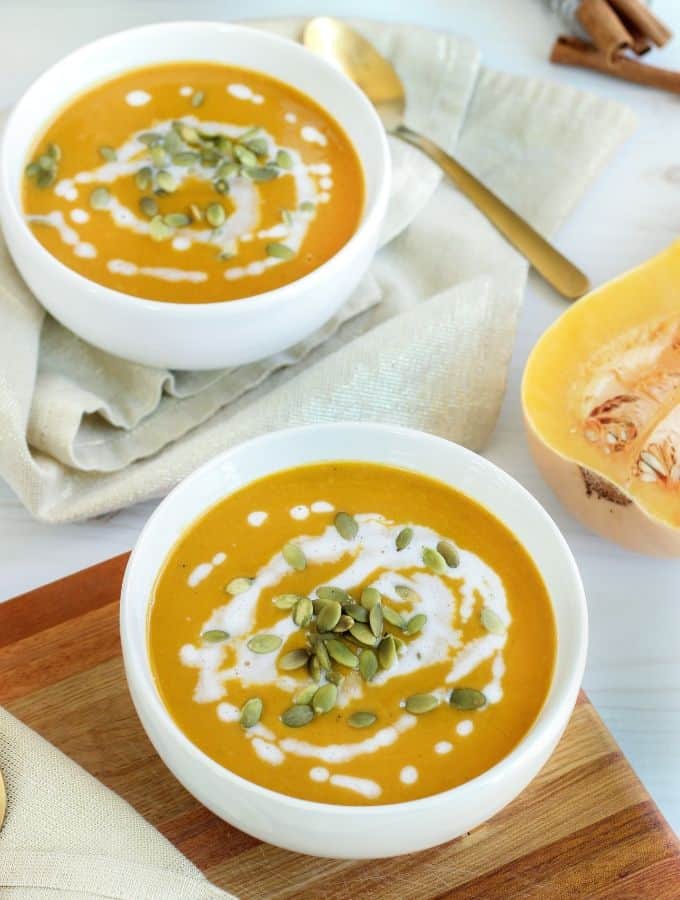
For example, you could throw cubed butternut squash, kale, wild rice, and chicken in with some chicken broth and let it cook.
Or, you may choose to cook butternut squash with broth, and blend with cream and an immersion blender for a pureed soup.
Both are great, just for different moods.
Don’t let your soup game be boring, though. If you season it well, your soup will be anything but mundane.
Check out the recommendations below if you need any ideas.
- Copycat Panera Autumn Squash Soup (DF) via Roots to Rise Nutrition
- Spicy Butternut Squash and Pear Soup via Nutrition Starring You
- Curried Kabocha Squash Soup via Will Cook for Friends
- Pumpkin Sweetpotato Soup – Try subbing squash for the pumpkin
6. Slow Cooker or Instant Pot
Have you ever tried making squash in the slow cooker or pressure cooker? Both devices are a great way to cook your squash.
You can do so with this delicious butternut squash lasagna!

Or, try these options:
- Instant Pot Brown Sugar Butternut Squash
- Instant Pot Butternut Squash Soup
- Instant Pot Squash Risotto
7. In the Air Fryer
I’m partial to acorn squash in the air fryer, but other squash options will work too!
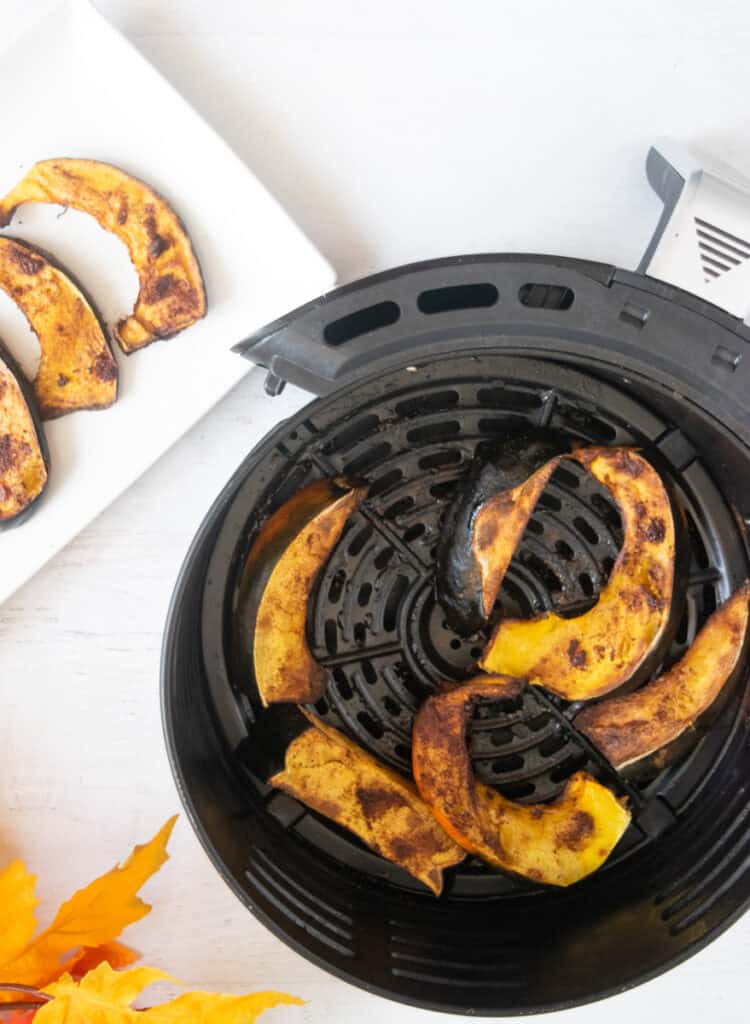
The air fryer adds a nice “healthy” crisp without all of the oil and fat.
Here are some air fryer winter squash recipes for inspiration.
- Air Fryer Butternut Squash Fries
- Air Fryer Delicata Squash
- Chickpea and Sage Stuffed Butternut Squash
8. Use it As a Topping For Other Foods
Squash on salad? Squash on pizza? Squash on a grain bowl? Yes, yes, and yes.
The flavors of squash pair so nicely with a variety of other foods and flavors, so why not think out of the box?

Hopefully, by now, you’ve realized that squash is incredibly versatile. Because of this, it makes an incredible topping for virtually any food.
Start with these options below—salad, tacos, or pizza—and go from there.
Before long, you’ll be brainstorming your own squash-centered creations.
- Beet and Butternut Squash Salad
- Delicata Squash Tacos with Black Beans via Naturally Ella
- Polenta Pizza with Kabocha Squash and Kale via Lemons and Basil

Support Bucket List Tummy







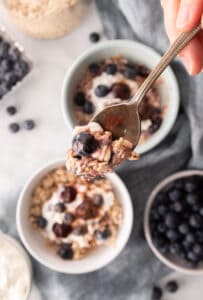

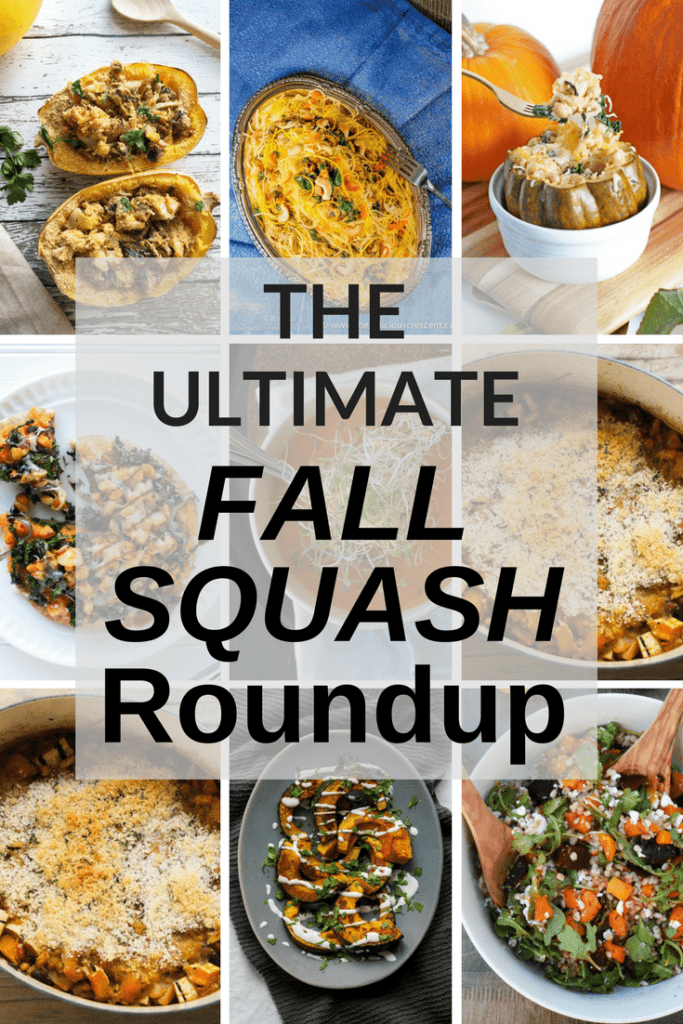
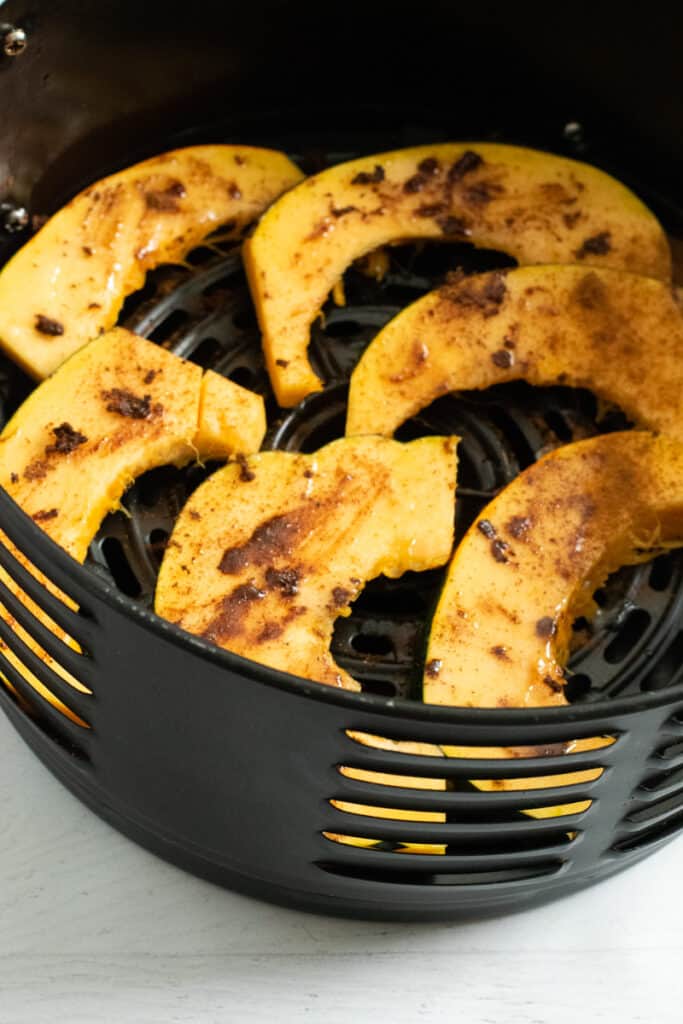


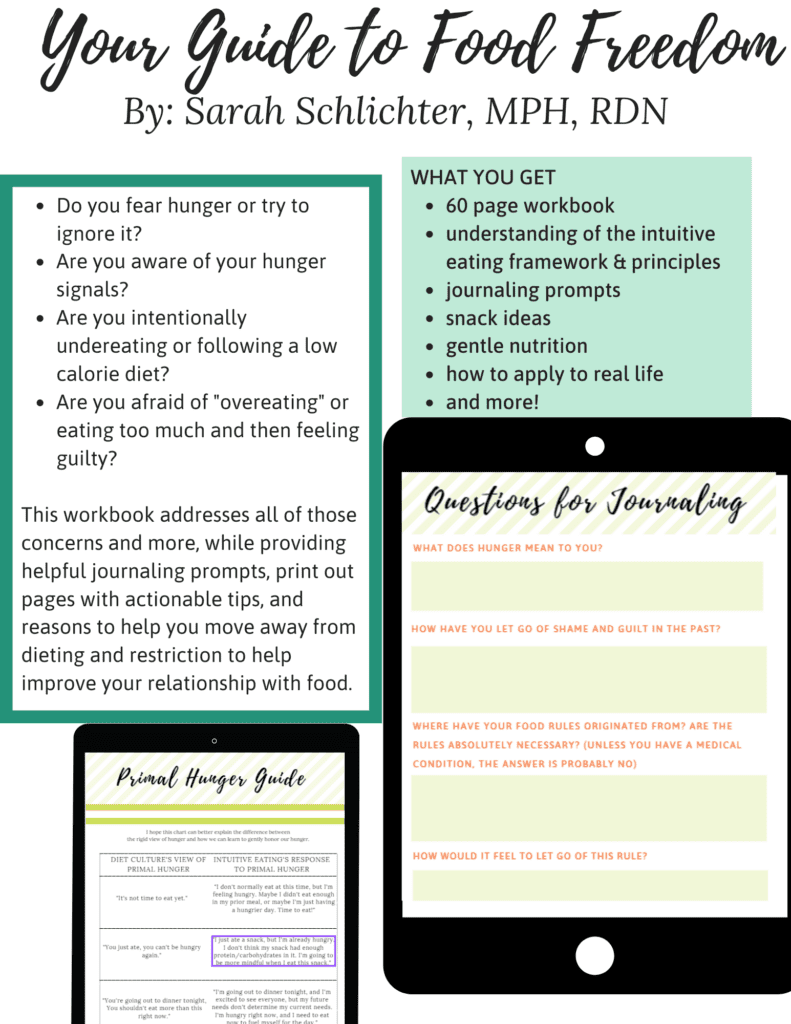
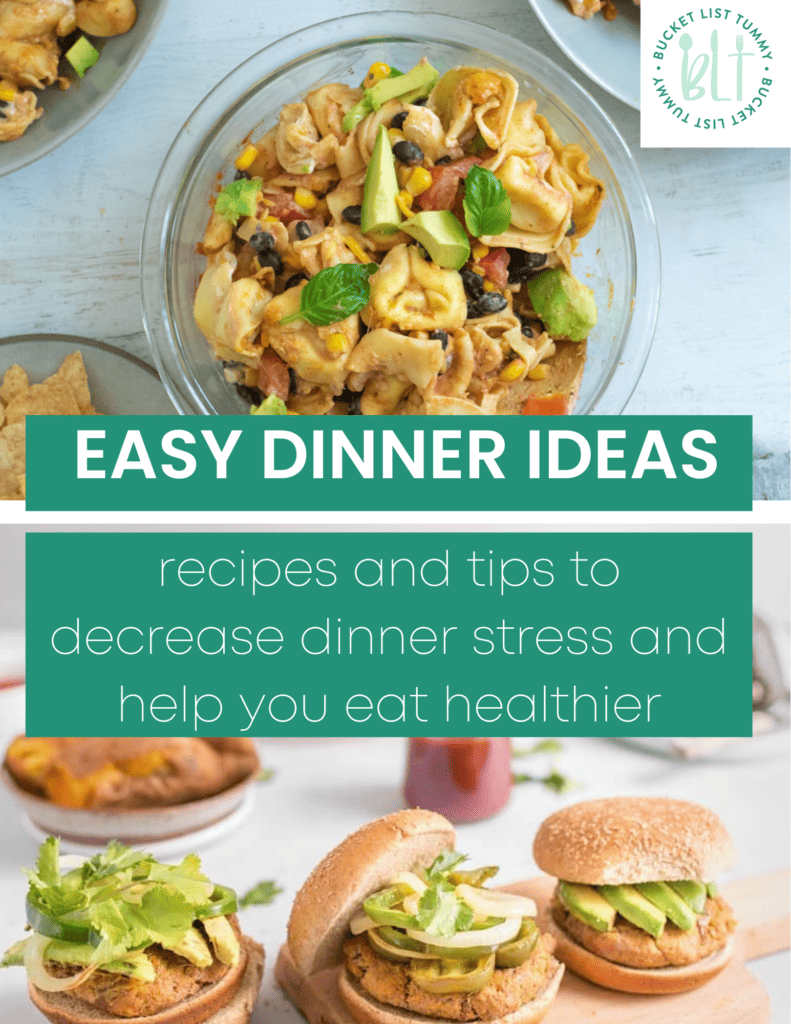
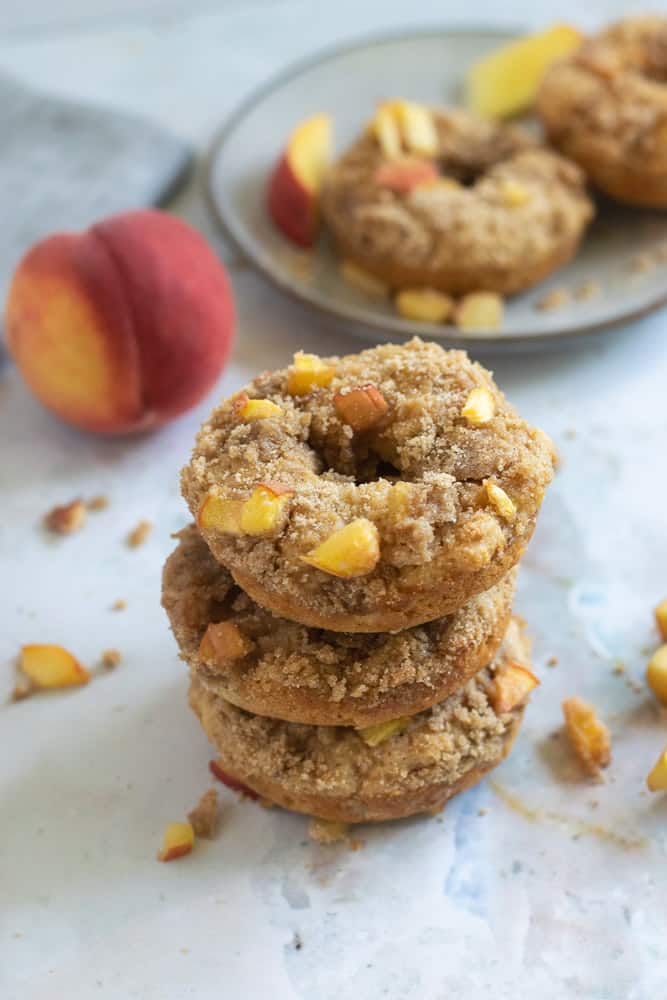



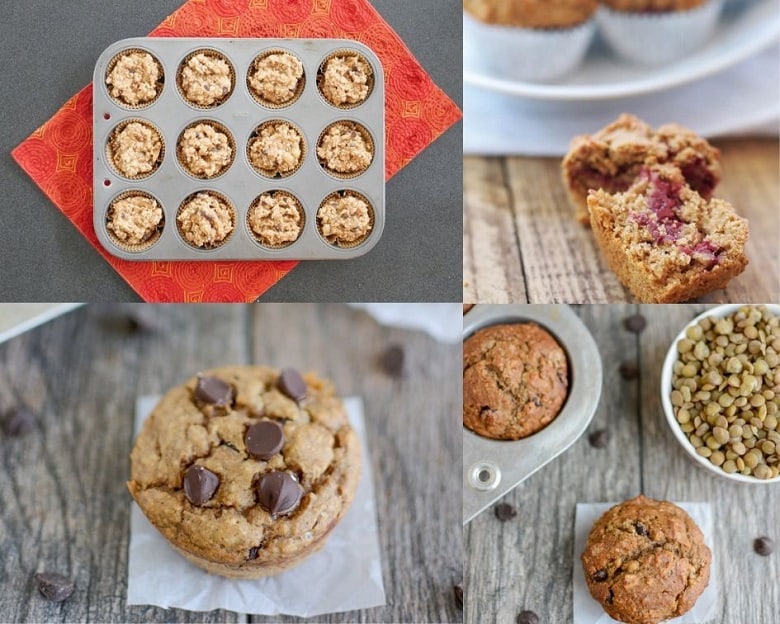

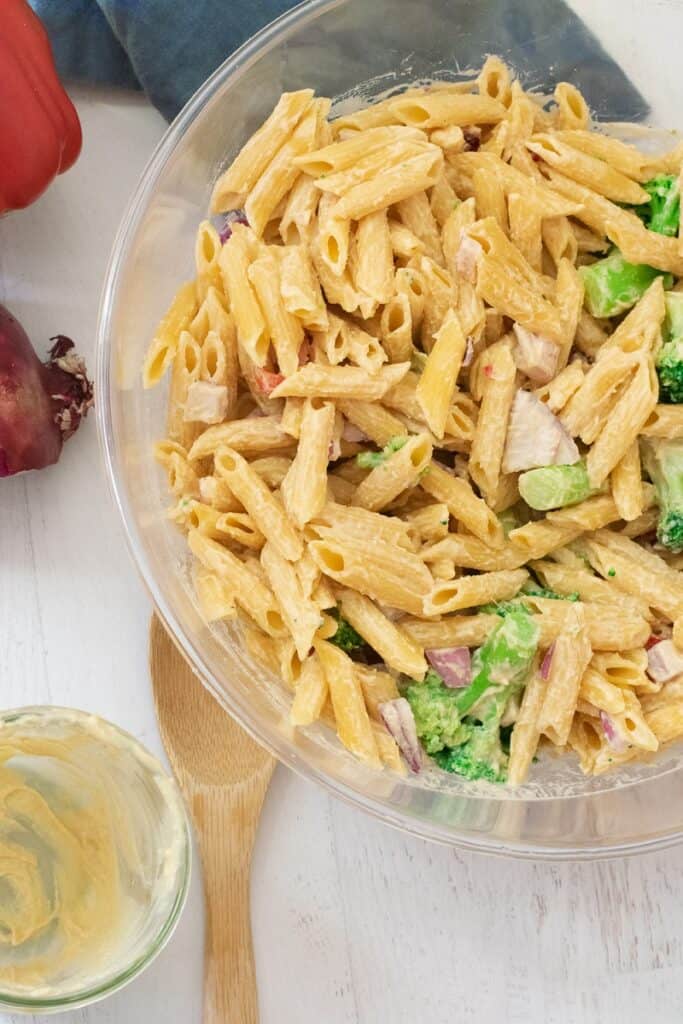
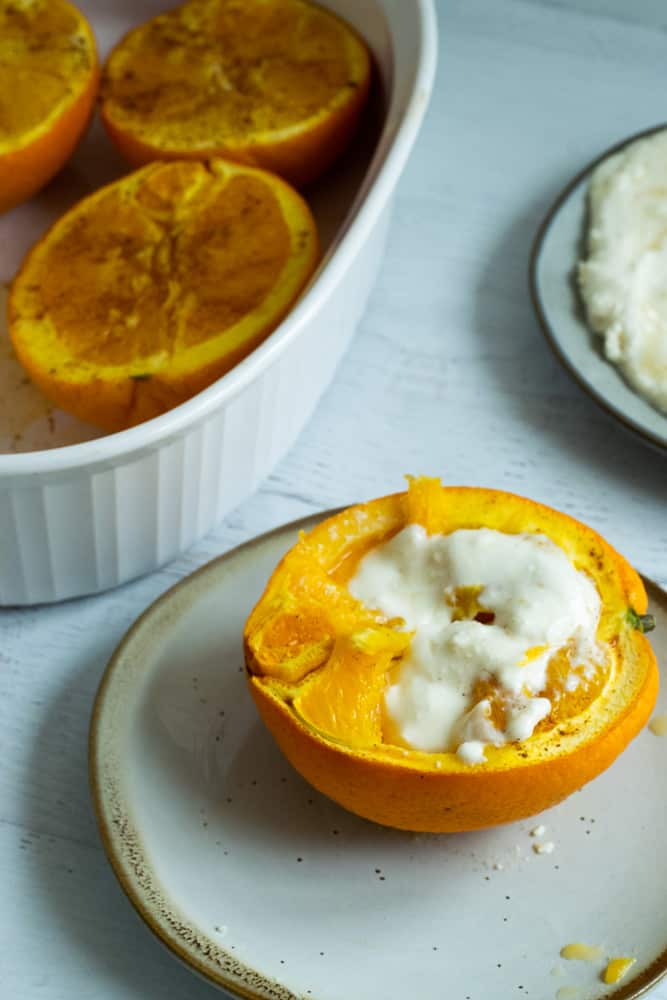


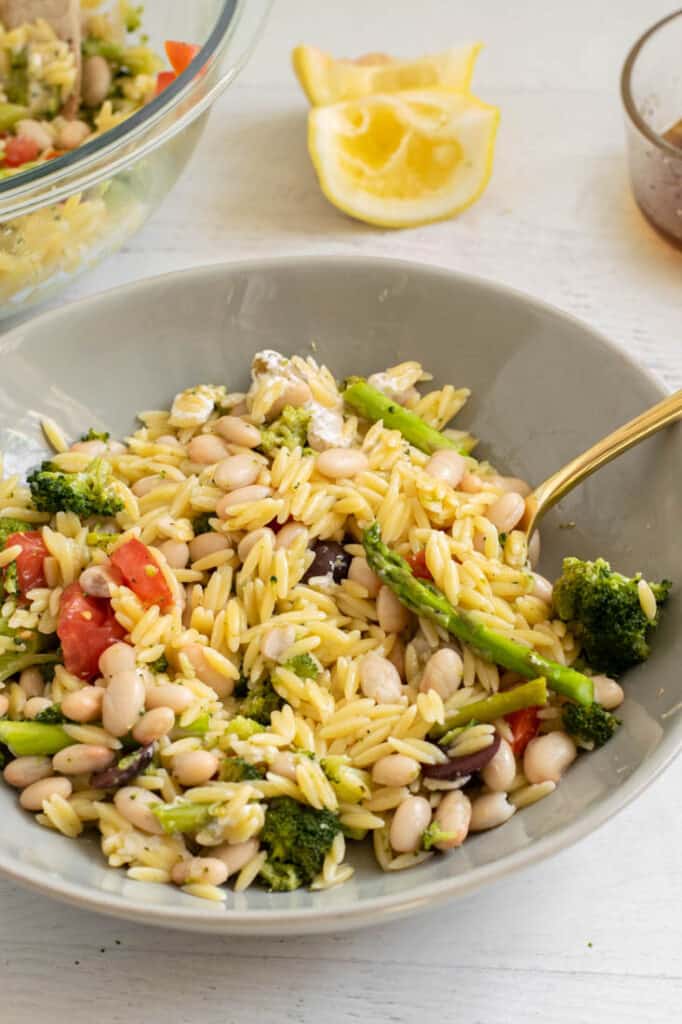
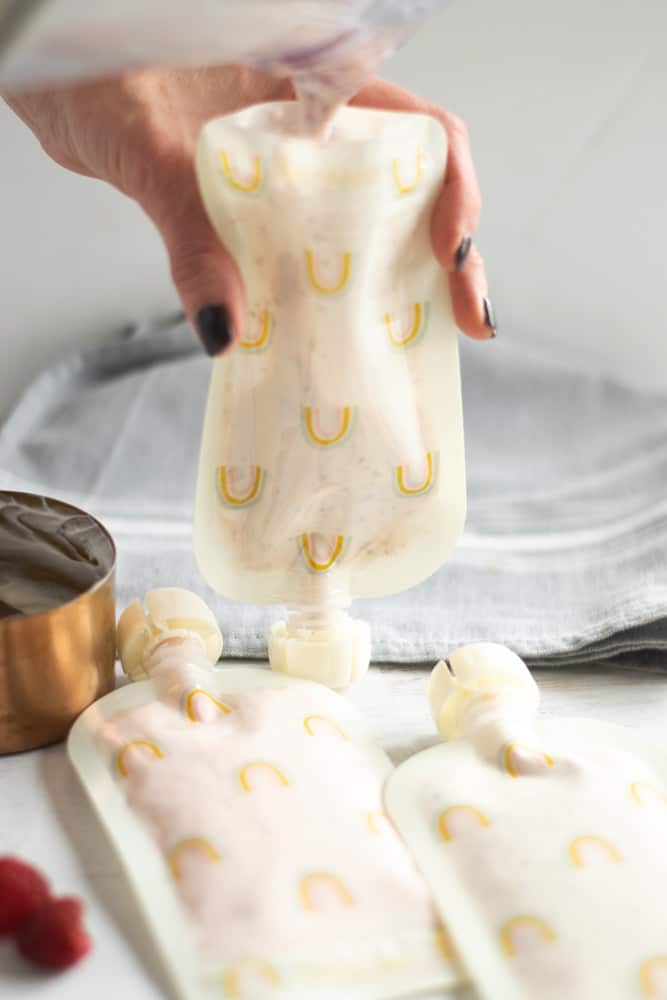
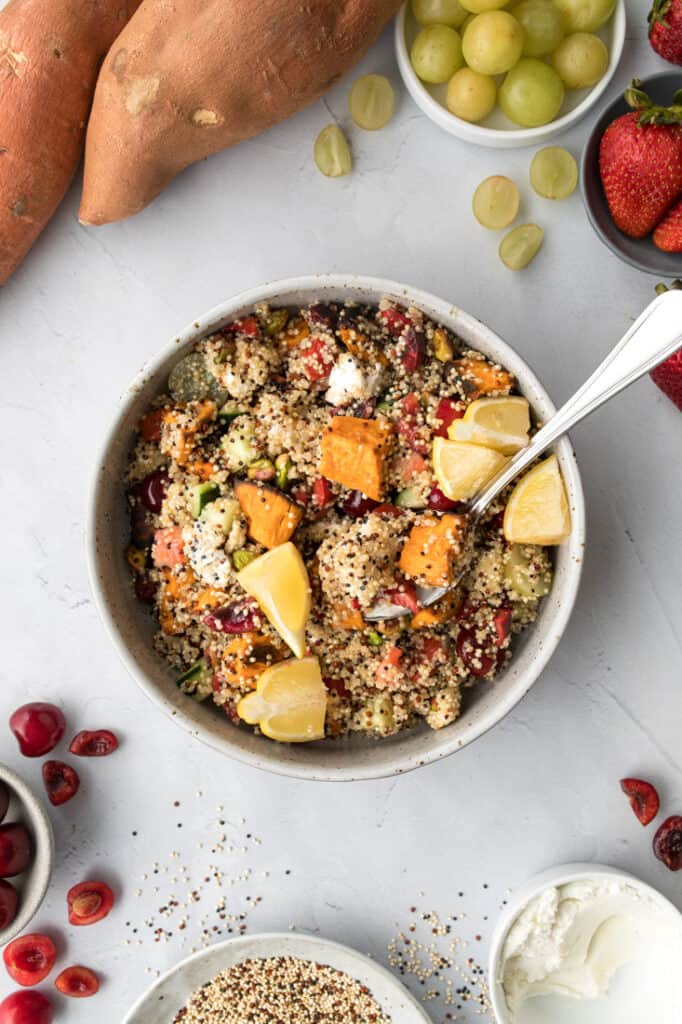

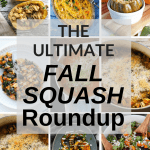
Like This Content?
Support Bucket List TummyI’m a big Butternut Squash fan – thank you for some new ideas!